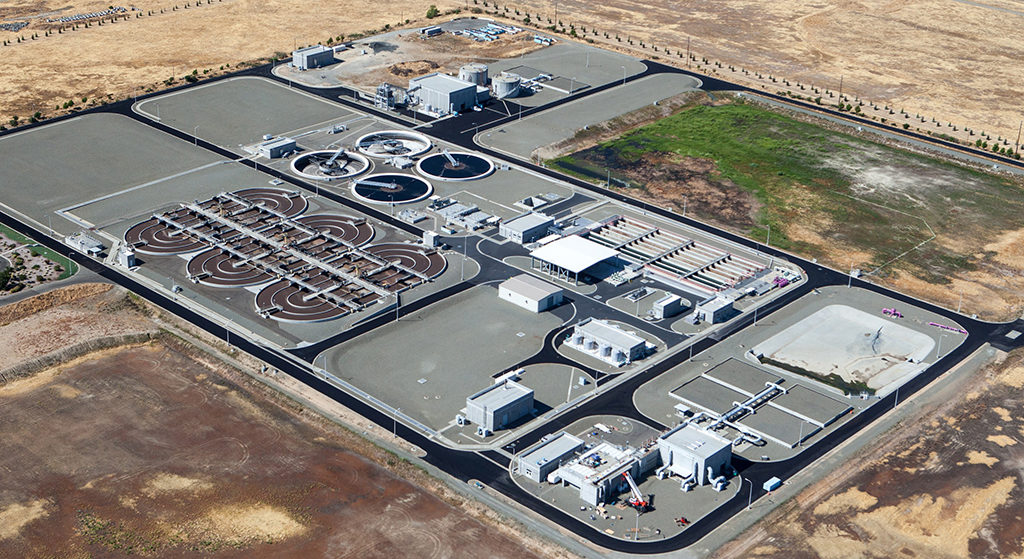Coverage of biosolids and co-digestion supported by Anaergia

Work is underway on a multi-million dollar expansion project to increase the treatment capacity at the Pleasant Grove Wastewater Treatment Plant (PGWWTP.) An element of the expansion is to create an economically and environmentally sustainable biosolids-to-energy project that will allow Environmental Utilities to ultimately produce Renewable Compressed Natural Gas (rCNG) for our fleet of garbage truck vehicles and electricity to offset plant usage.
This past October, the Placer County Air Pollution Control District Board awarded the City of Roseville $180,000 in grant funding as part of the Carl Moyer Infrastructure Grant program, which will offset some of the cost to build the $15 million dollar energy recovery facility.
This facility will convert biogas (similar to natural gas), generated from biosolids processing in the wastewater treatment process, to create rCNG and electricity. We will add Fats, Oils and Grease captured from local restaurants to the treatment process to boost the gas and electricity production.
Once this energy recovery facility is operational (expected for late 2020), it will provide significant benefits to the City of Roseville by:
Although the PGWWTP resides in the City of Roseville, this facility is a regional plant, servicing Roseville residents and businesses as well as Rocklin, Loomis, Newcastle and portions of unincorporated Placer County.
The expansion project is funded by the partners that comprise the South Placer Wastewater Authority, which includes Roseville, along with Placer County and the South Placer Municipal Utility District. The expansion project, along with the energy recovery component, is funded with a mix of cash, bonds, grants and State of California low-interest loan money.